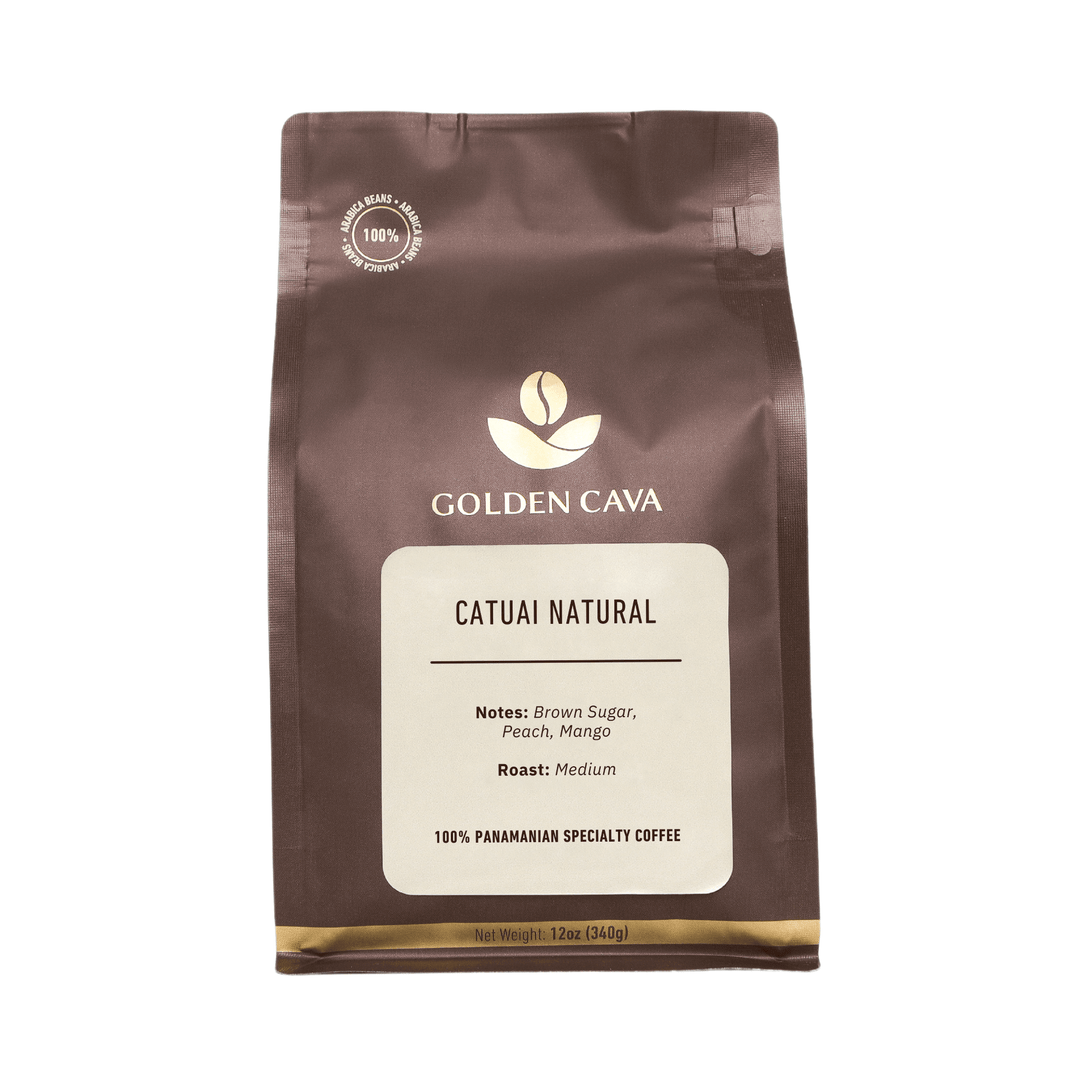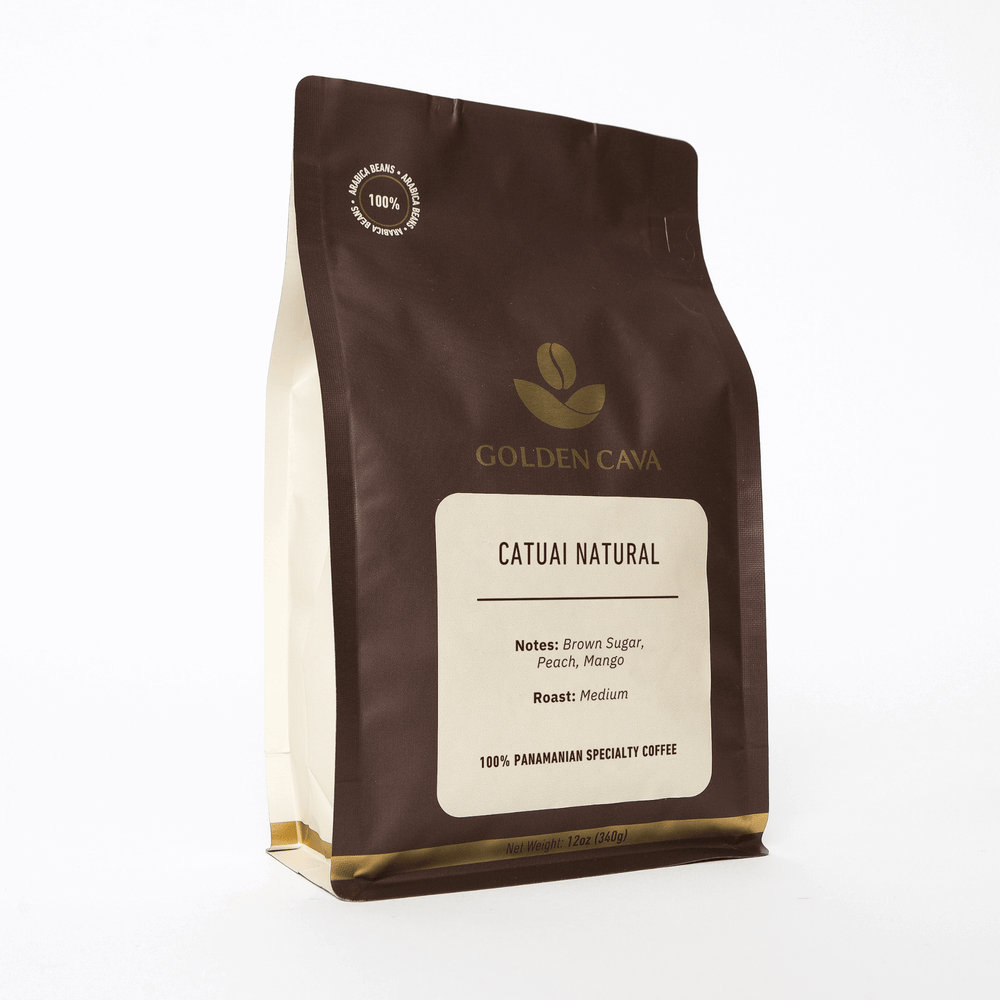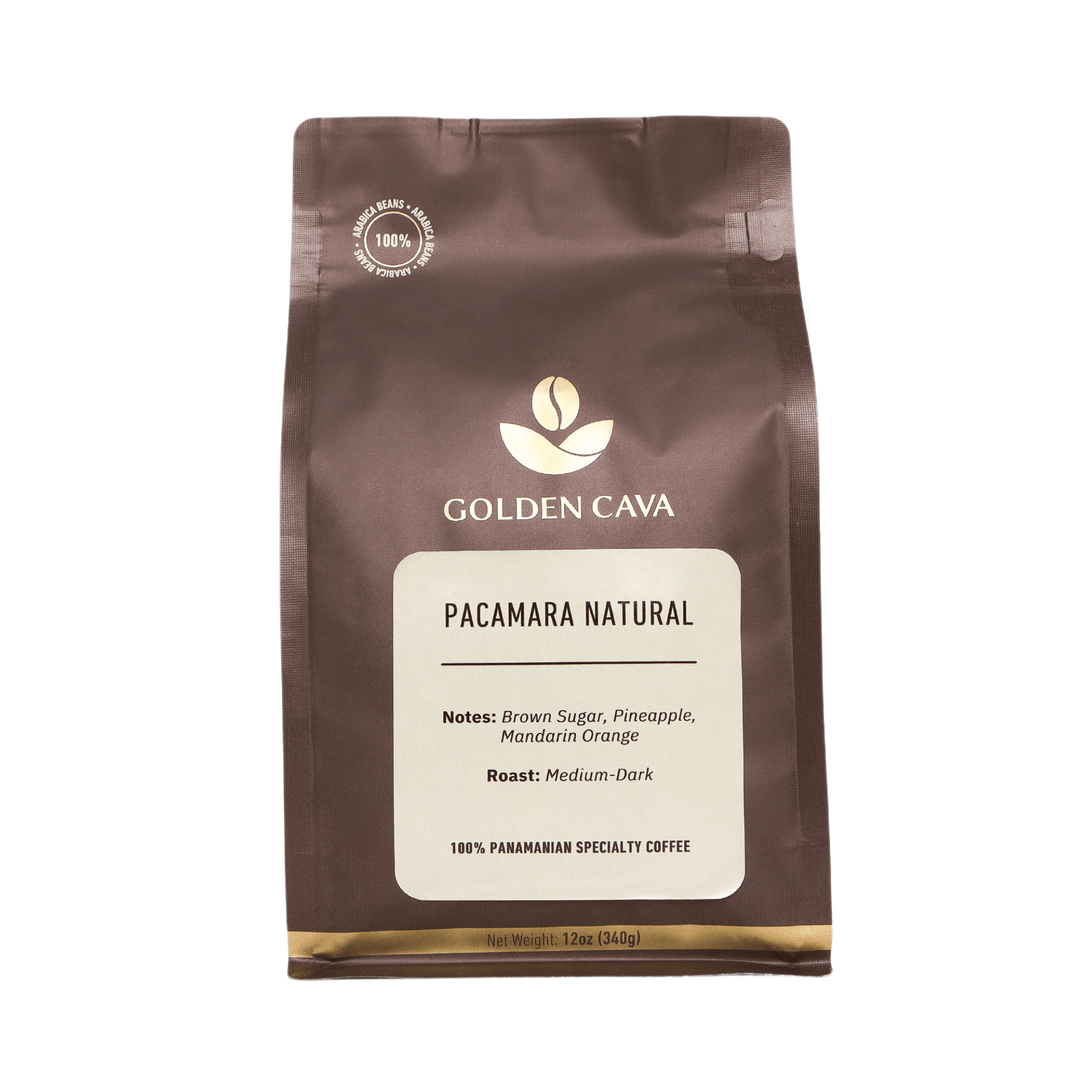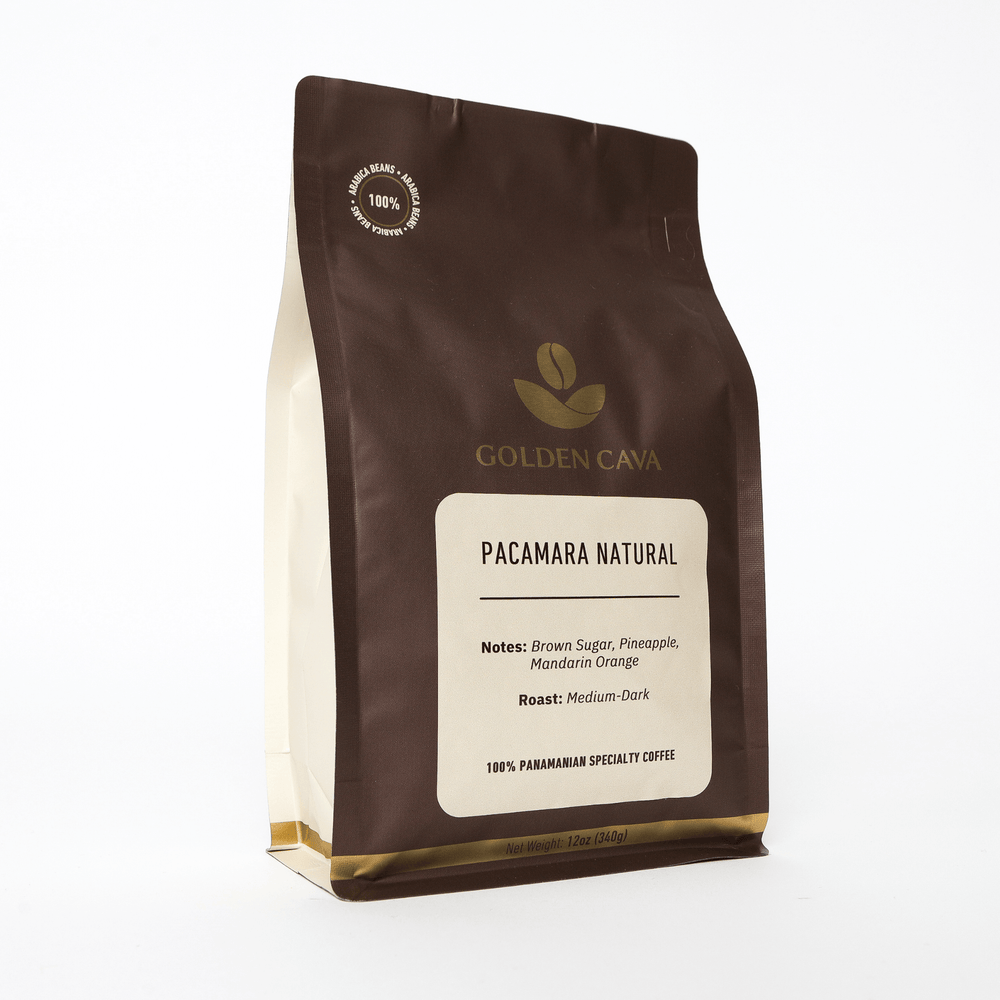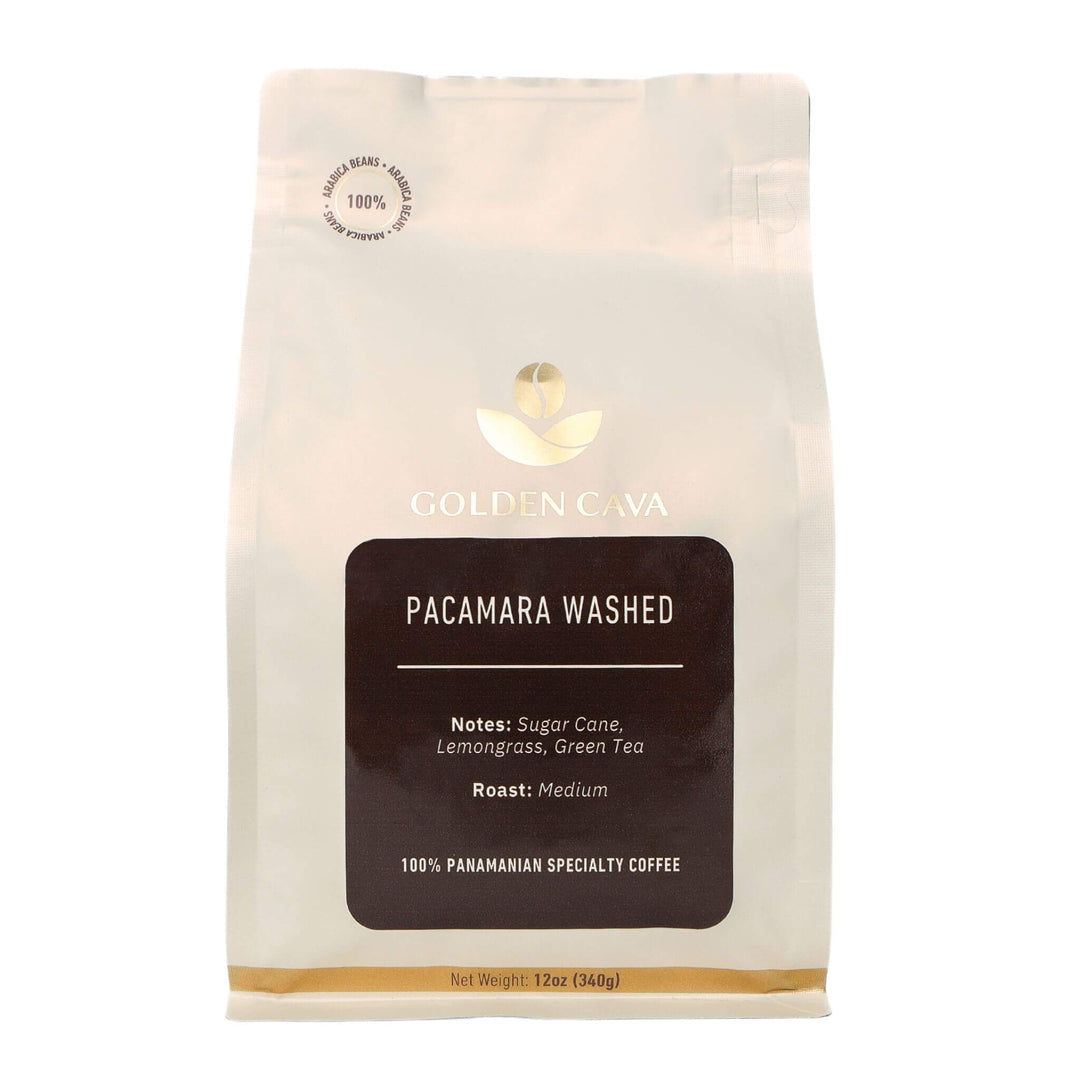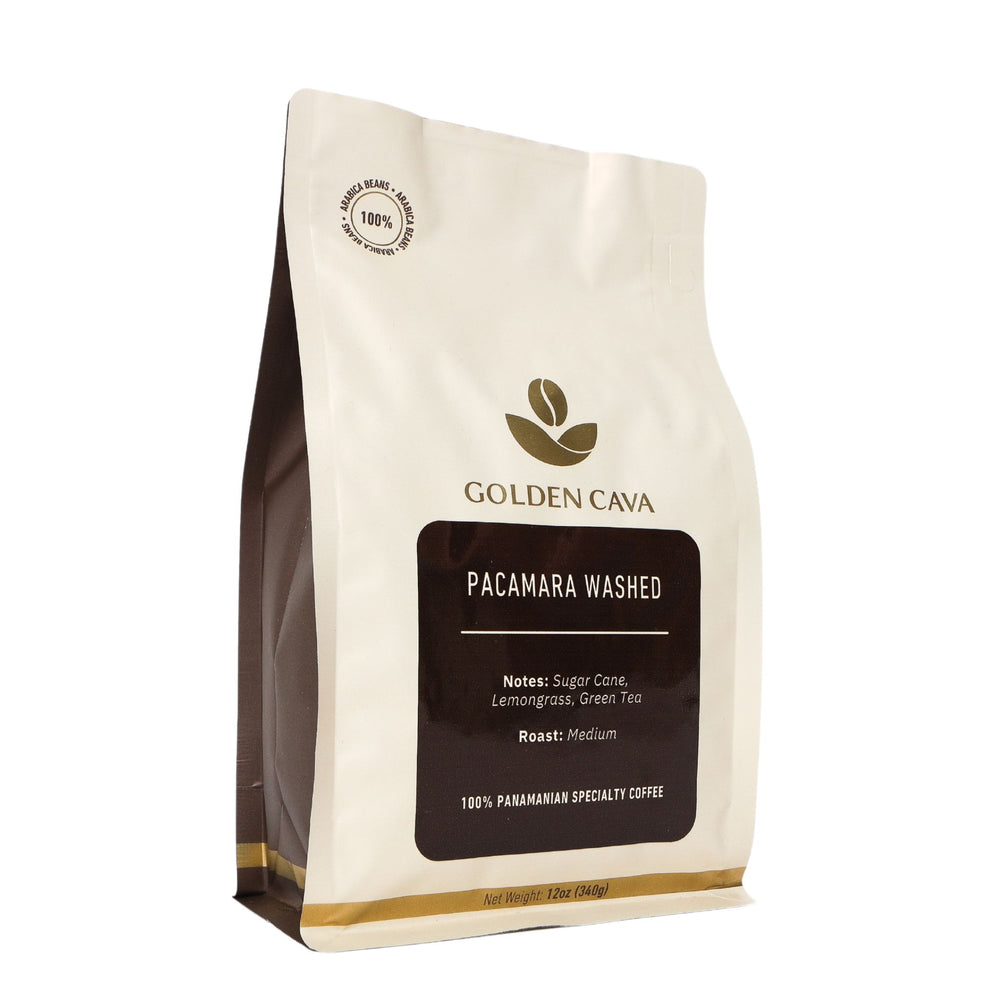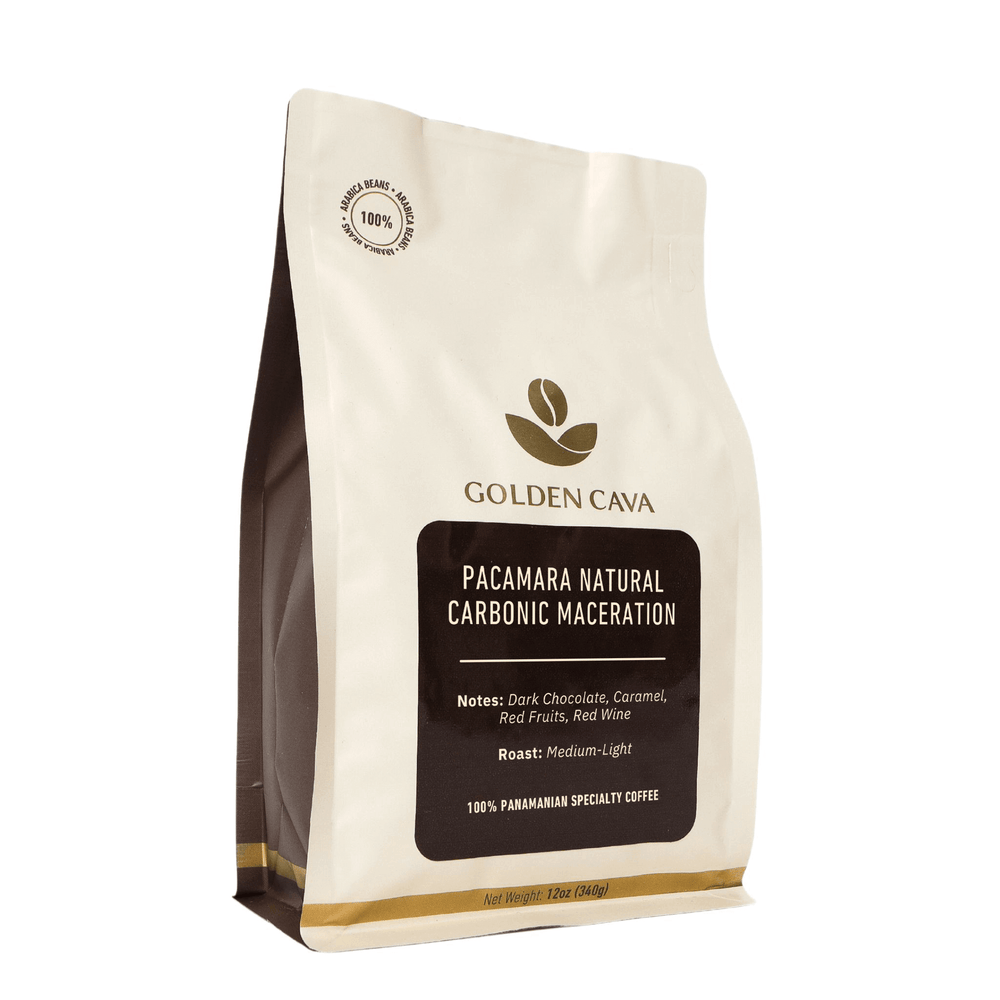Have you ever looked down into your cup of coffee and wondered about the intriguing phenomenon known as the coffee ring effect? And asked yourself what is coffee ring effect and why are those coffee rings forming on my cup? Well, you're not alone!
Simply, the coffee-ring effect is an ubiquitous phenomenon that occurs when a droplet of liquid evaporates, leaving behind a ring of residue.
In this blog post, we'll cover the causes of the coffee-ring effect and discuss how factors such as capillary flow contribute to this interesting pattern formation and investigate ways to prevent its occurrence.
So grab a cup of your favorite brew! It's time to sip and learn about what is coffee ring effect and the science behind it.
Table of Contents:
- What is Coffee Ring Effect?
- A closer look at the science behind it
- Causes of Coffee Ring Effect
- Effects of Coffee Ring Effect
- How to Prevent Coffee Ring Effect
- Benefits of Preventing Coffee Ring Effect
- A Consistent Flavor Profile
- Better Aroma
- Frequently Asked Questions
- Conclusion
1. What is Coffee Ring Effect?
Envision this you're enjoying a delicious cup of coffee, when suddenly you notice an unsightly circular pattern forming on the surface of your cup. This phenomenon, known as the Coffee Ring Effect, can cause one to pause and wonder about its causes and effects on your beloved beverage.
The Coffee Ring Effect occurs when droplets of coffee evaporate, leaving behind a distinct ring-shaped residue on the surface of your cup or container. Other beverages such as tea and wine can also experience the same phenomenon, known as the Coffee Ring Effect.

2. Causes of Coffee Ring Effect
If you've ever wondered why your coffee leaves behind those pesky rings on the surface of your cup or table, look no further. The coffee-ring effect is caused by a combination of factors that come together to create this fascinating phenomenon. Let's dive into the science behind it and explore some common causes.
A. Evaporation
As liquid evaporates from the droplet's edge, particles are left behind in a concentrated form.
The primary cause of the coffee ring effect is evaporation. As liquid evaporates from the surface, it leaves behind solid particles (like coffee grounds) that were suspended in the solution. This process occurs more rapidly at the edges where there's less liquid available to replenish what has evaporated, causing these solids to accumulate and form a circular pattern.
B. Surface Tension & Particle Movement
The remaining liquid flows towards the edges due to differences in surface tension between water molecules and dissolved substances (like coffee).
Surface tension and particle movement play significant roles in creating the coffee ring effect. When evaporation occurs, capillary action pulls liquid towards areas with higher concentrations of particles (i.e., toward drier regions). This results in an uneven distribution as particles are drawn up along with water molecules due to their attraction forces between them.
This is sometimes also called the pinning effect; when particles get "stuck" along the perimeter as they move outward while evaporation continues.
D. Coffee Composition & Brewing Method
- Coffee composition: The type and quality of beans used can impact how susceptible your brew is to forming rings when left undisturbed for too long some varieties may be more prone to this effect than others.
- Brewing method: Different brewing methods can also influence the coffee ring effect. For example, espresso tends to leave behind more pronounced rings due to its higher concentration of suspended solids and oils compared to drip or pour-over coffee.
The causes of the coffee ring effect are primarily related to surface tension, evaporation and capillary forces. Having explored the science behind coffee rings, lets explore the effects of the coffee ring effect in more detail and what can be done about it.
The coffee ring effect is caused by evaporation, surface tension and particle movement. The type of coffee beans used and the brewing method can also influence the formation of rings. Understanding these causes can help you prevent or minimize their occurrence in your cup of joe.
3. Effects of Coffee Ring Effect
Let's dive into how this coffee ring effect phenomenon affects appearance.
Marring Your Coffee's Appearance
- Stains: Those pesky rings aren't just unattractive; they're also stubborn stains that can be difficult to remove from surfaces such as countertops or clothing if not addressed promptly. If you need tips on how to remove this article reviews the best options.
- Cup Rings: If you're using a light-colored mug or cup for your daily caffeine fix (think white porcelain), those dark circles left behind by evaporated droplets will stand out like a sore thumb against its pristine surface.
- Inconsistent Brew: When brewing espresso-based drinks like lattes and cappuccinos where presentation is key (hello latte art.), having unsightly rings marred across your masterpiece certainly detracts from its overall presentation.
Now that we've explored the effects of the coffee ring effect, it's time to learn how to prevent this pesky phenomenon and enjoy a more consistent, flavorful cup. Stay tuned for our next section on prevention techniques.

4. How to Prevent Coffee Ring Effect
If you're tired of seeing those pesky coffee rings on your cup and want to enjoy a more consistent flavor in every sip, worry not. We've got some tips that will help you prevent the coffee ring effect like a pro. So let's dive right into it.
A. Use Freshly Ground Beans
One of the best ways to avoid the coffee ring effect is by using freshly ground beans. This ensures that your coffee has fewer impurities, which can contribute to uneven extraction and cause those annoying rings.
B. Brew with Hot Filtered Water
The quality of water used for brewing plays a significant role in preventing the formation of coffee rings. Make sure you use hot filtered water when brewing your favorite cuppa joe - this helps reduce impurities that may lead to uneven extraction and eventually result in those dreaded circles.
C. Stir Your Coffee Before Drinking
- Stirring: Give your freshly brewed java a good stir before taking that first sip. This simple action helps distribute particles evenly throughout the liquid, reducing surface tension and making it harder for any unwanted patterns (like our infamous friend - Mr.Coffee Ring) from forming.
- Spoons Matter: When stirring, make sure you use an appropriate spoon or stirrer designed specifically for this purpose; otherwise, you might end up scratching or damaging your lovely mug.
- Mindful Sipping: Lastly, try sipping slowly while keeping an eye out for any signs of coffee ring formation. If you notice any, give your drink another quick stir to prevent them from taking shape.
By following these simple yet effective tips, you can bid adieu to the pesky coffee ring effect.
To prevent the coffee ring effect, use freshly ground beans and brew with hot filtered water. Stir your coffee before drinking using an appropriate spoon or stirrer to distribute particles evenly throughout the liquid, preventing any unwanted patterns from forming. Sip slowly while keeping an eye out for signs of coffee ring formation and give your drink another quick stir if necessary.
5. Benefits of Preventing Coffee Ring Effect
As coffee fans, we're forever in pursuit of methods to optimize our daily cup of coffee. By preventing the coffee ring effect, you can enjoy a more consistent flavor profile and improved aroma from your beloved brew. Additionally, you'll have a better-looking cup that will make your morning routine even more enjoyable. Let's dive into some key benefits:
A Consistent Flavor Profile
When you prevent this phenomenon, each sip is as delightful as the last one - no surprises here.
Better Aroma
The aroma of freshly brewed coffee is an integral part of the experience. By preventing the coffee ring effect, those enticing aromas are preserved throughout your entire cup.
Tidier Cups and Saucers
- No unsightly rings: With no stubborn stains left behind by evaporated droplets on cups or saucers, they remain pristine and presentable.
- Easier clean-up: Without having to scrub away at dried-on residue from capillary flow patterns caused by evaporation on surfaces like countertops or tables.
- Maintaining aesthetics: Whether it's a business meeting or just enjoying a quiet moment alone with your favorite book - keeping things neat adds to overall satisfaction while indulging in our cherished beverage.
Frequently Asked Questions:
What is coffee ring effect?
Delving into the question "What is coffee ring effect?" has revealed that the coffee-ring effect refers to a phenomenon where a liquid, such as spilled coffee, evaporates and leaves behind a dark ring-like stain. This occurs due to the uneven distribution of particles in the liquid, which get pushed towards the edge during evaporation. The resulting pattern resembles a coffee cup stain.
What is the coffee stain effect in nature?
In nature, the coffee stain effect can be observed in various systems involving fluid evaporation and particle deposition. Examples include drying of biological fluids like blood or saliva, formation of mineral rings around geothermal hot springs, and patterns created by evaporating raindrops on surfaces.
Brew Better Coffee Every Time.
After reading this article, you now have a clear understanding of what is coffee ring effect. The coffee ring effect occurs when liquid evaporates and leaves behind a ring-shaped stain due to the particles in the liquid accumulating at the edges.
To prevent the coffee ring effect, make sure to dry your cup or mug before pouring in your beverage, and adding cream or milk can help slow down evaporation.
Now that you know causes the coffee ring effect and how to prevent it, it's time to put your newfound knowledge into practice. Check out our some of our other guides on brewing methods and learn how to brew the perfect cup of coffee, and start enjoying a more flavorful, aromatic experience every morning. Cheers.


